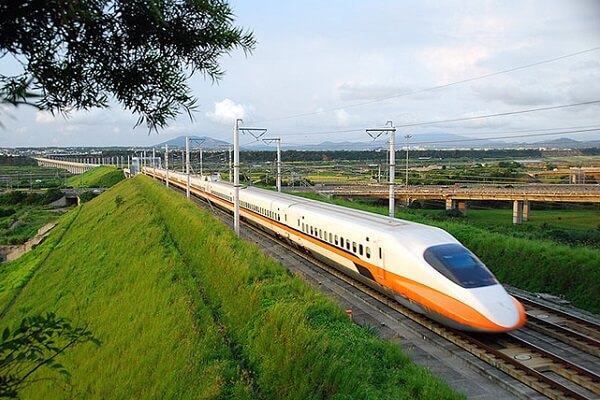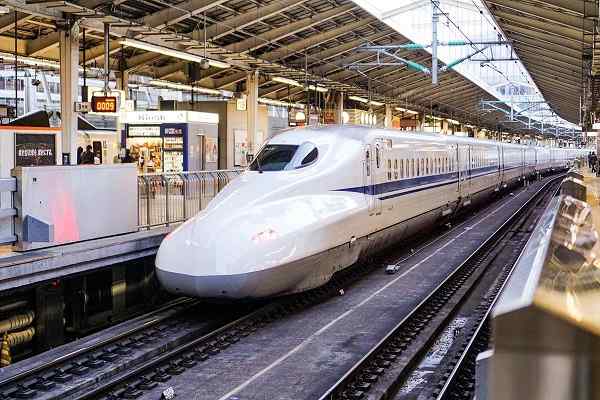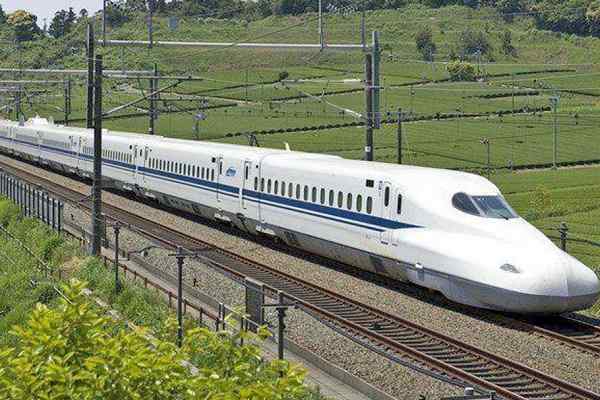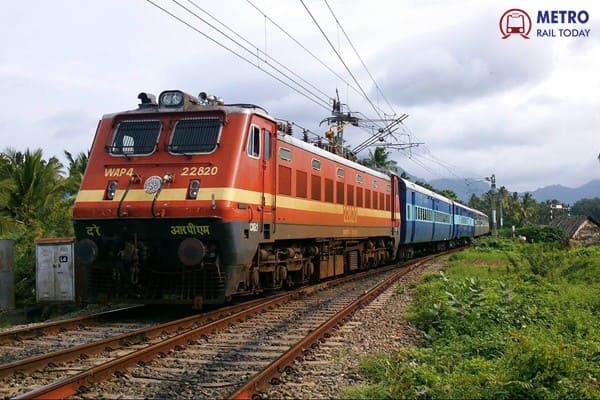 Titagarh Rail Systems Bags ₹273.24-Crore Rolling Stock Contract from Indian Railways
Titagarh Rail Systems Bags ₹273.24-Crore Rolling Stock Contract from Indian Railways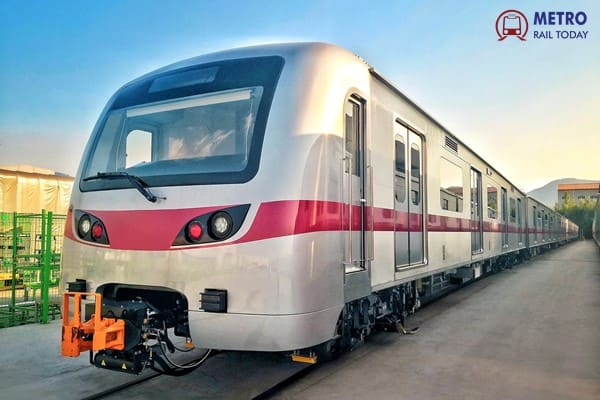 Metro Rail Transit Line (MRT-7): A New Way Forward for the North
Metro Rail Transit Line (MRT-7): A New Way Forward for the North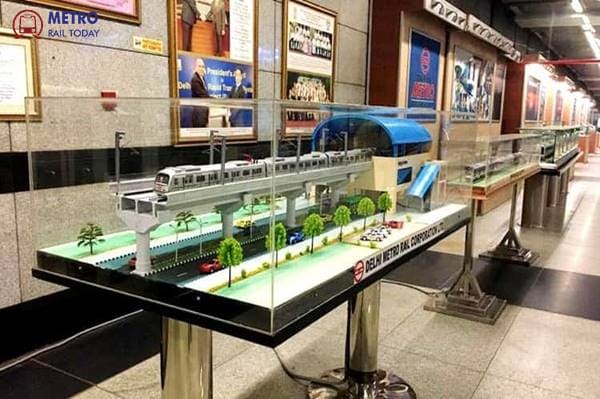 Delhi Metro inaugurates New State-of-the-Art Museum at Supreme Court Metro Station
Delhi Metro inaugurates New State-of-the-Art Museum at Supreme Court Metro Station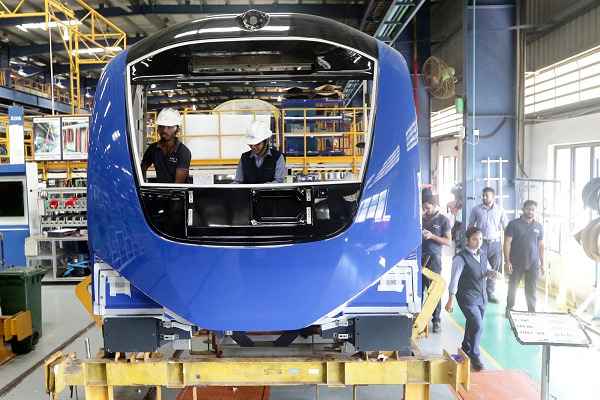 Knorr-Bremse unviels plan to invest ₹1,907 Crore in New Rail Manufacturing Facility in Chennai
Knorr-Bremse unviels plan to invest ₹1,907 Crore in New Rail Manufacturing Facility in Chennai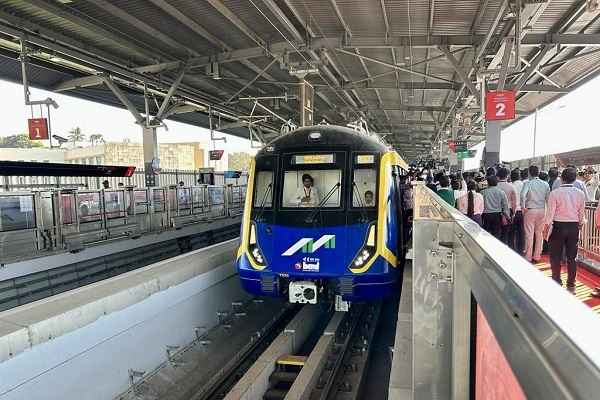 Landmark-Neev JV bags ₹151.2 crore station finishing contract for Mumbai Metro Line 2B
Landmark-Neev JV bags ₹151.2 crore station finishing contract for Mumbai Metro Line 2B How Delhi Metro is reimagining urban architecture for a sustainable public transport?
How Delhi Metro is reimagining urban architecture for a sustainable public transport?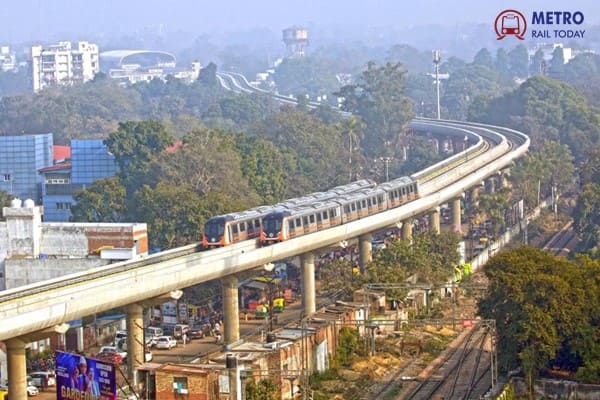 Why India needs a dedicated Ministry for Metro Railways?
Why India needs a dedicated Ministry for Metro Railways?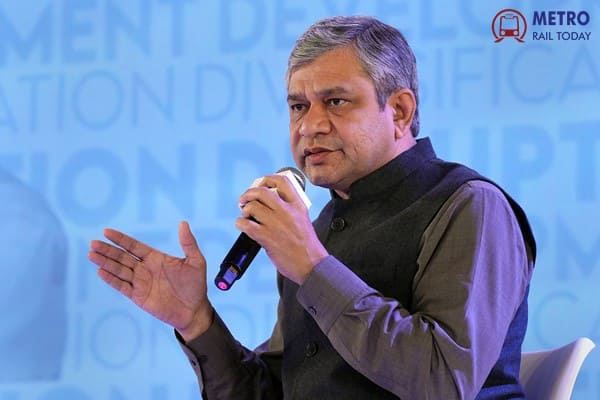 How Ashwini Vaishnaw is shaping India's Railways, Digital Future and Manufacturing Rise?
How Ashwini Vaishnaw is shaping India's Railways, Digital Future and Manufacturing Rise?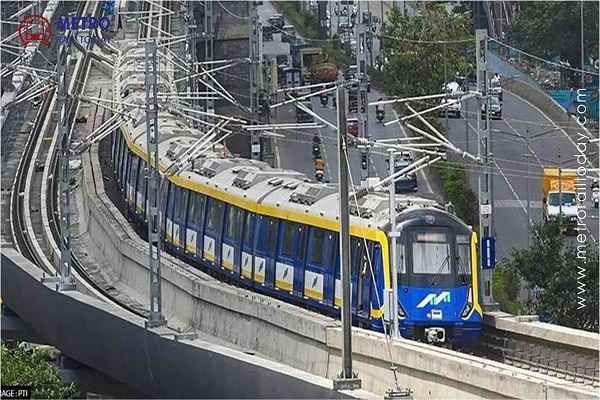 Dev–N.Rose bags ₹201.49-crore Architectural Works contract for 7 stations of Mumbai Metro Line 2B
Dev–N.Rose bags ₹201.49-crore Architectural Works contract for 7 stations of Mumbai Metro Line 2B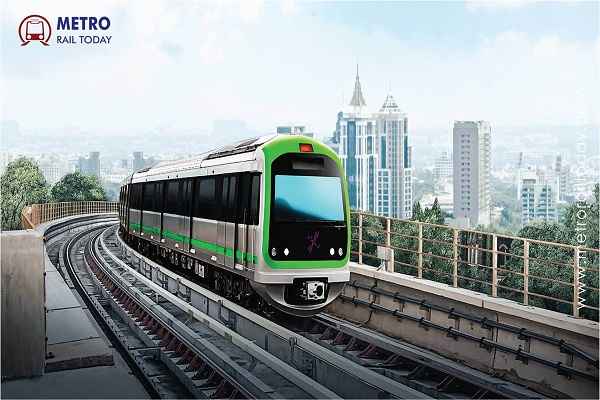 Bangalore Metro to float tenders for ₹25,311 crore Hosahalli–Kadabagere Metro Line
Bangalore Metro to float tenders for ₹25,311 crore Hosahalli–Kadabagere Metro Line
India’s High-Speed Rail Revolution: A Leap Toward Sustainable, Future-Ready Transportation
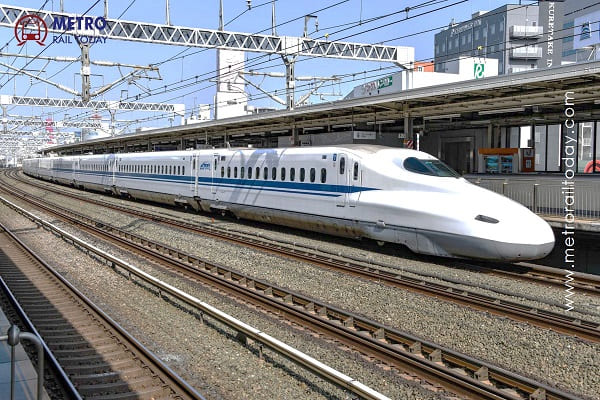
Imagine traveling the 508 km stretch between Mumbai and Ahmedabad in just two hours—a journey that currently takes six to nine hours by conventional rail or road. This is the promise of high-speed rail in India, and it’s closer to reality than ever before.
India is poised to join the elite club of nations with high-speed rail systems, with the country’s first bullet train corridor—between Mumbai and Ahmedabad—set to become operational by 2026. The advent of high-speed rail is more than a technological upgrade; it represents a strategic pivot in India’s quest for economic growth, sustainability, and global infrastructure leadership.
High-Speed Rail: The Future of Intercity Travel in India
Globally, high-speed trains are recognized as the ideal mode of transport for inter-city journeys between 400-800 km. Countries like China, Japan, and France have already demonstrated the transformative power of this technology. India, with its massive population and rapidly growing economy, is now preparing to make high-speed rail a central pillar of its future mobility landscape.
Under the National Rail Plan, India has outlined 11 high-speed rail corridors, backed by a planned investment of ₹17.4 lakh crore by 2025. Indian Railways, which already carries over 8 billion passengers annually, is undergoing its most ambitious transformation yet. With more than 5,000 km of new track being added each year—up from 2,000 km just a few years ago—India’s rail infrastructure is accelerating at an unprecedented pace.
Unlocking Economic Growth and Sustainability
High-speed rail is expected to significantly reduce travel time, boost productivity, and stimulate economic activity by connecting key urban and semi-urban centers. According to Sudhanshu Mani, railway expert and architect of India’s Vande Bharat Express, “High-speed rail systems can elevate living standards in smaller cities by improving connectivity, fostering economic hubs, and generating employment.”
Moreover, rail is one of the cleanest modes of transportation. In a world grappling with climate change and rising emissions, the shift from air and road travel to rail will help India make meaningful progress toward its net-zero targets by 2070. “Rail, by nature, is a green technology,” says Olivier Loison, Managing Director, Alstom India. “It is powered by electricity and provides high-capacity, low-emission transport with unmatched passenger comfort and safety.”
Infrastructure and Private Sector: Building Together
Developing a nationwide high-speed rail network in India comes with its own set of challenges—chief among them being land acquisition and multi-modal integration with existing transport systems. However, industry leaders agree that financing is less of a constraint today, thanks to record public investment.
To navigate the complexities of large-scale infrastructure projects, public-private partnerships (PPP) are crucial. Companies like Alstom, which played a key role in launching the Namo Bharat semi-high-speed train, bring global expertise and proven technology to the table. Alstom has successfully deployed high-speed systems in countries like France, Spain, and China and is now applying that experience in India.
“The signalling technology used in Namo Bharat, including ETCS Level 2 and LTE connectivity, reflects some of the highest international standards,” says Loison. “With over 12,500 employees in India, five engineering centers, and six factories, Alstom is well-positioned to support India’s high-speed ambitions.”
Indigenous Innovation and New Investment Models
India is also working on its own high-speed rolling stock, with the first indigenous trains designed for speeds up to 280 km/h expected to debut soon. Former Railway Board Member Anil Kumar Khandelwal emphasizes the importance of innovation and logistics, noting that infrastructure contributes nearly 3.2% to India’s GDP.
However, traditional PPP models have struggled in the passenger rail sector due to long gestation periods, social hurdles, and low fare structures. To address this, Indian Railways is exploring new investment frameworks, including the Hybrid Annuity Model (HAM), which allows private partners to recoup investments over time with guaranteed annuity payments.
Global Vision, Local Execution
Loison believes that India can leapfrog traditional transport systems by leveraging global knowledge while tailoring solutions to local needs. “India has the vision, the policy support, and the industrial capability. What we need now is seamless execution, and that’s where global-local partnerships become invaluable.”
With over 45,000 km of high-speed rail already built in China and successful examples in Europe, India stands to benefit from best practices around planning, engineering, and implementation. “Every success starts with a clear vision,” Loison asserts. “And India has that vision.”
Conclusion: On Track for a High-Speed Future
India’s journey toward a high-speed rail ecosystem is not just about faster trains—it’s about transforming mobility, uplifting regional economies, addressing environmental concerns, and aligning with the nation's broader development goals. As infrastructure becomes the backbone of modern economies, high-speed rail is not just a project—it’s a promise of progress.





